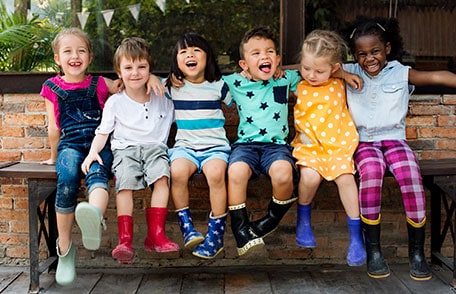A Child’s Health is the Public’s Health

Preparing for unexpected events is an important part of keeping children safe and healthy all year long. Events like the spread of a serious infection, an explosion, an earthquake, or a weather event, such as a hurricane, may cause health problems for large numbers of people, and especially for children.
Children make up one in four people in the United States and they have special needs during and after emergencies. Although younger children are often more affected than adults during disasters, there are concerns for children of all ages during emergencies because
- Children may not be able to follow directions or make decisions to keep them away from danger during a disaster.
- Children’s bodies use energy quicker than adults’ do, and they need food and water more often. This means that they will absorb poisons or dangerous chemicals faster than adults will.
- Children have thinner skin and breathe faster than adults do, making them more likely to take in harmful substances through the skin or breathe them in.
- Children are smaller than adults, but they have more skin in relation to their overall size, compared to adults. This means they have a higher chance of being harmed by certain chemicals or very hot or cold temperatures.
- Children are more likely to put their hands in their mouths, and spend more time outdoors and on the ground, making them more likely to come into contact with dangers in the environment.
- Children may not be able to explain how they are feeling, which can make it harder to identify a medical problem and treat them quickly.
- Children have more contact with others, and they have less developed immune systems to fight off infections. This means they are more likely to catch an illness that can spread from person to person.
- Some children have special healthcare needs. These can increase a child’s chance of getting sick during an emergency, especially if the child is separated from a parent or caregiver.






















.png)











No hay comentarios:
Publicar un comentario